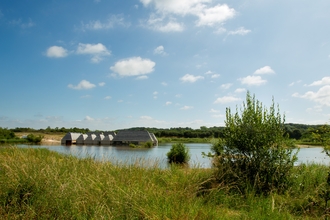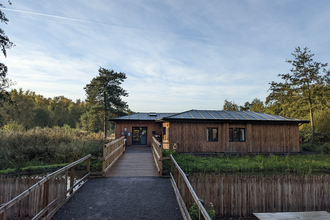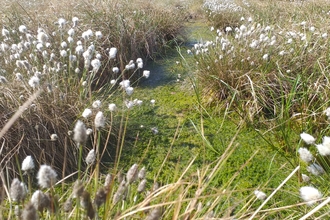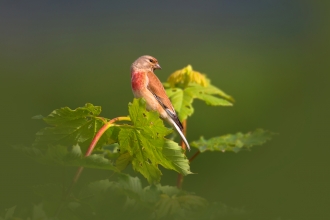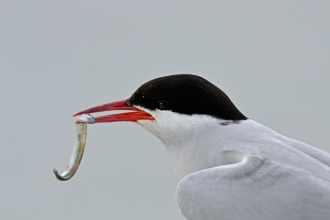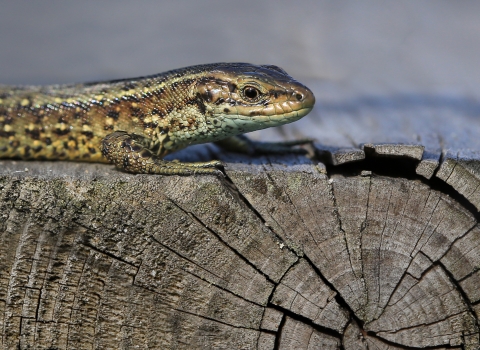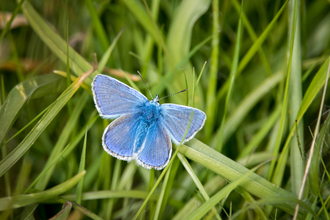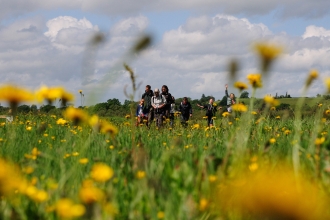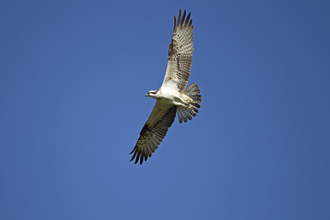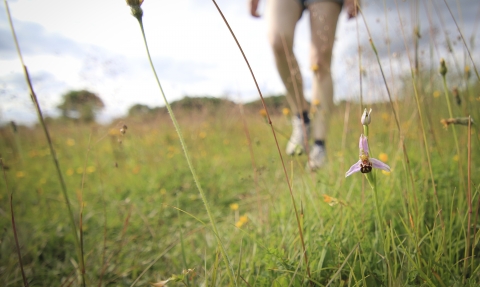
Tom Marshall
Find your nearest nature reserve
Nature reserves in East Lancashire
From idyllic woods to former quarries littered with fossils, our East Lancashire nature reserves are beautiful and fascinating.
Nature reserves in Central Lancashire
Ancient woodlands brim with bluebells and trees burst with birdsong in Central Lancashire reserves that offer the perfect place to bask in nature's beauty.
Nature reserves in West Lancashire
Stroll through secret gardens where butterflies flourish and sit by peaceful lakes where waders dabble and dive - West Lancashire is a special wild retreat.
Nature reserves in Greater Manchester
Greater Manchester is a hidden wildlife gem where nature is thriving amidst the hustle and bustle of the big city. From mossland wildernesses to Special Sites of Scientific Interest, there is a whole range of habitats to explore.
Nature reserves in Lancaster
Combining towering limestone cliffs and stunning coastal habitats, our nature reserves in Lancaster nurture rare butterflies, breeding waders and nationally important habitats.
Nature reserves in North Merseyside
Our North Merseyside nature reserves protect some of the most important coastal habitats in our region, where common lizards, red squirrels, water voles and whole rafts of seabirds feed, breed and roost in vital beauty spots.
Join us and help us to protect even more wild places
Your membership means we can protect vital habitats, safeguard species, and carry out vital restoration and conservation work to maintain our nature reserves for both people and wildlife.
I really like how local LWT is. The reserves are great. I’m proud when I see the positive difference made on a local as well as a national level.


